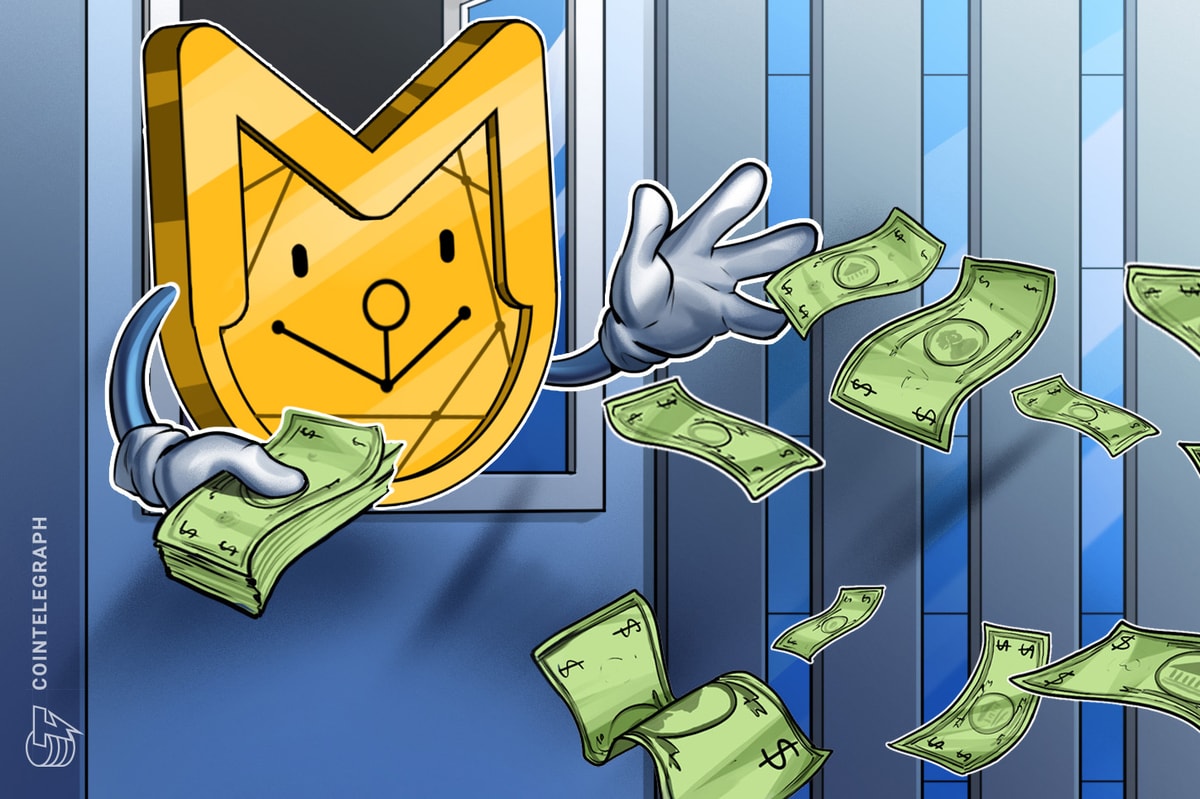"People seeking a different vision are welcome to start their own organizations," Buterin wrote in a January 18 social media post.

Ethereum co-founder Vitalik Buterin announced major changes to the Ethereum Foundation's leadership to emphasize technical expertise and improve communication between the foundation and builders in the Ethereum ecosystem.
Buterin outlined several goals for an overhaul in a Jan. 18 X post, which included supporting decentralized application developers and promoting decentralization, censorship resistance, and privacy.
The Ethereum co-founder also said the Ethereum Foundation would not engage in political lobbying, ideological shifts, or take a more central role in the development of the Ethereum ecosystem.
This leadership change at the Ethereum Foundation follows a rocky year in 2024, which saw the Foundation's spending, roadmap goals, and personnel come under fire from the Ethereum community.
Source: Vitalik Buterin
Related: Vitalik Buterin suggests AI hardware pause for humanity’s safety
2024 leaves the Ethereum community in doubt
The Ethereum Foundation instituted a conflict of interest policy in May 2024 after several notable researchers at the Foundation took paid advisory roles at the EigenLayer Foundation — the organization that oversees the development of the restaking protocol.
Justin Drake, a longtime researcher at the Ethereum Foundation, accepted a paid advisory role at the EigenLayer Foundation in May 2024, followed by Dankrad Feist.
At the time, Drake said he was trying to steer the EigenLayer Foundation and explore potential issues arising from restaking.
Drake dropped the advisory position in November 2024 and apologized to the Ethereum community — promising not to accept any advisory roles, angel investments, or security council positions again.
Following the release of the Dencun upgrade in March 2024, transaction fees for Ethereum's layer-2 networks decreased by up to 99%.
This dramatic reduction in layer-2 fees caused an explosion in the number of Ethereum layer-2 networks. According to L2Beat, there are currently 55 Ethereum layer-2 rollups.
The proliferation of layer-2 networks caused an outcry from market participants, who raised concerns that Ethereum layer-2 networks were cannibalizing revenue on the base layer.
According to data from Token Terminal, network revenues on the Ethereum base layer collapsed by 99% in the summer of 2024 but later rebounded to pre-Dencun levels by the end of the year.
Magazine: Proposed change could save Ethereum from L2 ‘roadmap to hell’

 7 hours ago
4
7 hours ago
4








 English (US) ·
English (US) ·